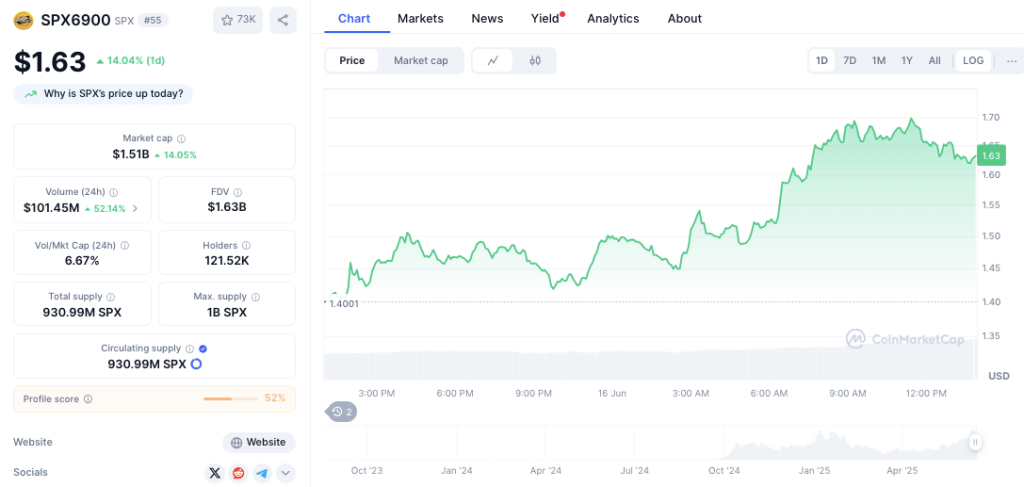Unlock the Editor’s Digest for free
Roula Khalaf, Editor of the FT, selects her favourite stories in this weekly newsletter.
Robert Holzmann, Austria’s central bank governor and a European Central Bank hawk, has said he thinks rate setters will need to lower borrowing costs again before the end of the year.
Holzmann, who was the sole dissenter from the governing council’s decision to cut interest rates in June, backed Thursday’s quarter-point cut, which left the benchmark deposit rate at 3.5 per cent.
“Monetary policy is now on a good trajectory,” Holzmann told the Financial Times. “We have started to be on an [easing] path, and headline inflation has continued to fall.”
There could be “room” for another quarter-point cut “in December”, barring shocks such as a rise in energy prices. He added that borrowing costs could be eased further to about 2.5 per cent by mid-2025.
Holzmann, who is set to leave the central bank next August, stressed that the ECB needed to remain vigilant and keep a close eye on services inflation, which has remained stubbornly high at 4.2 per cent.
However, he said inflation was now far less worrisome than when the ECB first cut rates in June.
Back then, the governor pointed to a rise in inflation and high uncertainty. “This uncertainty has become significantly smaller over the the past two and a half months,” he said, adding that economic activity appeared to be increasingly in line with ECB forecasts.
The ECB downgraded its growth projections on Thursday.
Headline inflation in the Eurozone fell to 2.2 per cent in August, down from 2.6 per cent a month earlier and in touching distance of the ECB’s target of 2 per cent.
“I am not per se against lowering rates, I only object when the timing does not look right,” said Holzmann.
The governor warned that the ECB was facing a communications dilemma over the coming months as headline inflation was expected to temporarily rise again.
“This will be a statistical artefact due to base effects,” he said, adding that rate setters should see through the temporary blip.
In its updated projections on Thursday, the ECB forecast inflation would increase “somewhat” between October and December and then fall to 2.2 percent in 2025 and 1.9 per cent in 2026.
“It will be a demanding task to explain a temporary rise in core inflation properly,” said Holzmann. “However, it’s necessary, otherwise trust in the central bank might suffer.”
He argued that October might not be the right time for another cut as the ECB would have only a limited amount of additional data on economic trends. That message echoed remarks made by ECB president Christine Lagarde on Thursday.
Holzmann argued that 2.5 per cent was probably close to the so-called neutral rate, a level of monetary policy that is neither stimulating nor slowing down the economy.
Credit: Source link











